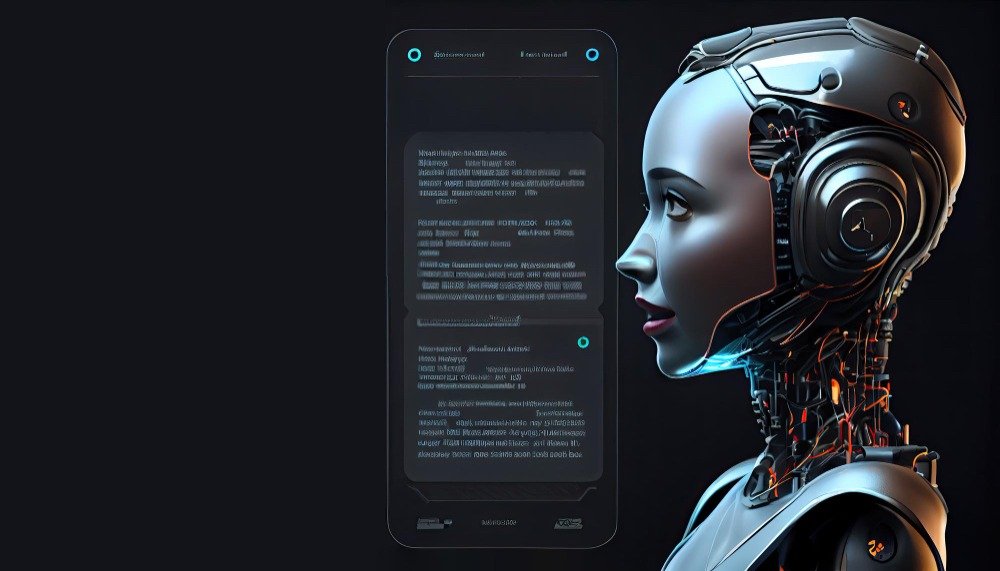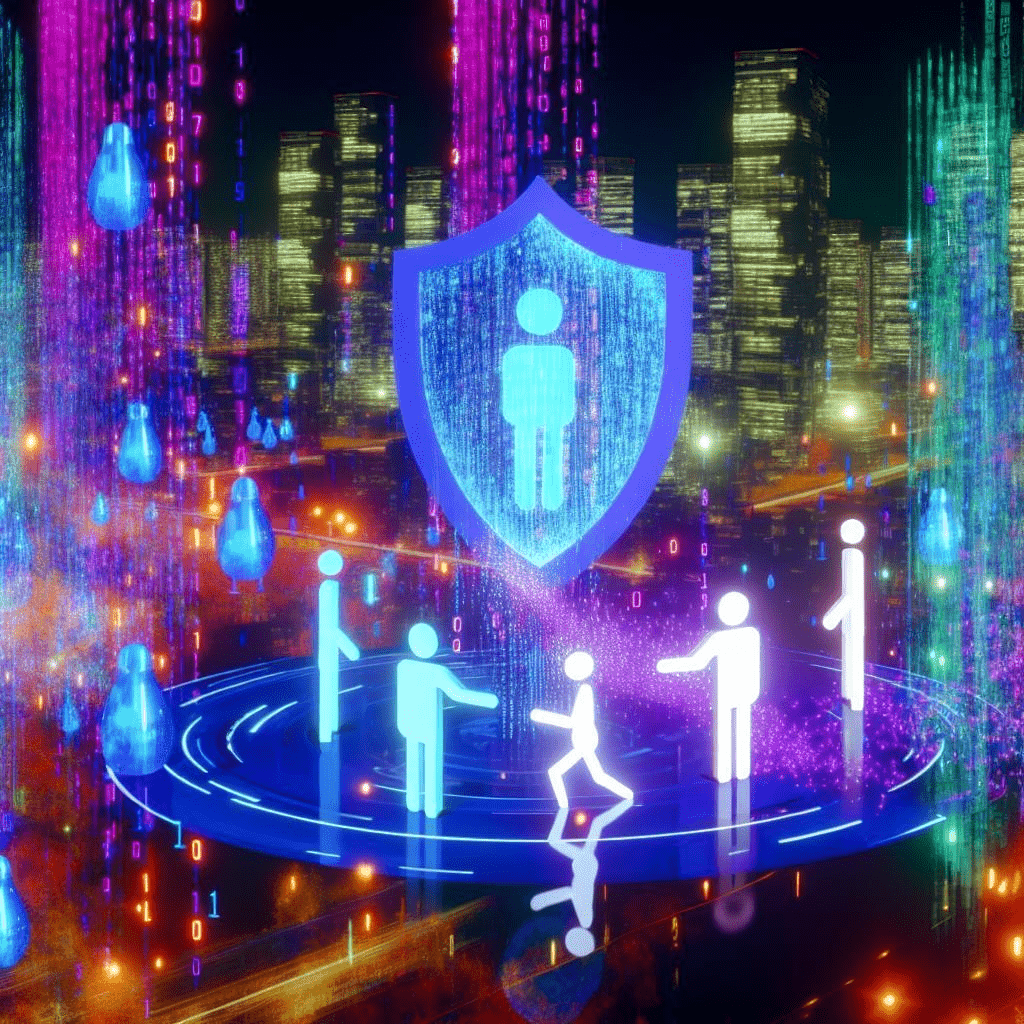As we progress farther into the era of digital technology, the significance of strong cybersecurity measures cannot be emphasised enough. The swift advancement of technology presents fresh possibilities as well as novel risks. The field of cybersecurity is in a state of perpetual change, as it is influenced by the interaction between technological progress and the resourcefulness of cybercriminals. This essay examines the prospective developments in cybersecurity and the significant obstacles that will be encountered.
The Evolution of Cyber Threats
The complexity and variety of cyber dangers are increasing. Traditional forms of malware and phishing attacks have been supplemented by advanced persistent threats (APTs), ransomware, and cyber espionage sponsored by governments. These dangers pose a risk to both individuals and entities such as huge enterprises, essential infrastructure, and governments.
Artificial intelligence (AI) and machine learning (ML) are increasingly being utilised in the evolution of cyber threats. Cybercriminals are utilising artificial intelligence (AI) to mechanise attacks, thereby enhancing their speed and effectiveness. For instance, AI can be employed to generate phishing emails that are more persuasive or to promptly detect weaknesses in a system. With the ongoing advancement of AI and ML technologies, it is anticipated that the complexity and magnitude of cyber attacks would rise.
AI and Machine Learning in Cybersecurity
Although AI and ML provide new risks, they also provide substantial prospects for improving cybersecurity. These systems have the capability to identify deviations from normal patterns, forecast possible dangers, and automatically take action in reaction to attacks. AI-powered security systems have the capability to analyse extensive volumes of data in real-time, enabling the identification of patterns and abnormalities that would be unattainable for human analysts to perceive.
Nevertheless, the integration of artificial intelligence (AI) and machine learning (ML) in the field of cybersecurity also brings up certain difficulties. A major concern revolves around the possibility of cybercriminals utilising AI. As the level of defence improves, attackers also enhance their strategies. This perpetuates an ongoing competition between cybersecurity experts and cybercriminals.
The Importance of Zero Trust Architecture
Zero Trust Architecture (ZTA) is becoming increasingly important in contemporary cybersecurity methods. ZTA, in contrast to conventional security models that depend on perimeter defences, operates under the principle that no user or device should be automatically considered trustworthy, regardless of their location within or outside the network.
Implementing a Zero Trust model entails the ongoing verification of user identities, stringent access rules, and the division of networks into smaller segments to reduce the consequences of security breaches. With the ongoing evolution of cyber threats, organisations will need to increasingly prioritise the implementation of Zero Trust principles in order to safeguard their digital assets.
The Impact of Quantum Computing
Quantum computing has the potential to profoundly transform other domains, such as cybersecurity. Quantum computers possess the capability to answer intricate mathematical problems at a much accelerated rate compared to classical computers. This has the potential to make present encryption systems outdated. The rise of quantum computers poses a substantial obstacle for cybersecurity, as numerous encryption algorithms employed to safeguard confidential information may become vulnerable to decryption.
In order to tackle this difficulty, scientists are currently working on the development of encryption algorithms that are resistant to quantum attacks. These algorithms are specifically designed to be resistant to attacks from quantum computers. Nevertheless, achieving quantum-resistant encryption will necessitate substantial exertion and collaboration throughout the industry.
Ransomware and Its Rising Threat
Ransomware assaults have becoming more prevalent and destructive. A ransomware assault involves the encryption of an organization’s data by cybercriminals, who then demand a ransom in exchange for restoring access. These attacks have the potential to interrupt corporate operations, lead to substantial financial losses, and harm an organization’s reputation.
Ransomware-as-a-service (RaaS) has reduced the difficulty for hackers to enter the field, enabling less proficient persons to carry out ransomware attacks. To effectively combat ransomware, it is necessary to adopt a comprehensive strategy that encompasses regular data backups, thorough employee training, and the adoption of sophisticated security measures.
The Human Factor in Cybersecurity
Although technology is essential in cybersecurity, human factors still provide a substantial issue. Social engineering attacks, such as phishing, manipulate human weaknesses in order to obtain unauthorised access to systems and data. Implementing cybersecurity awareness and training programs is crucial in order to instruct staff on the potential dangers and most effective methods for preventing cyber threats.
Furthermore, the shortage of cybersecurity skills is a significant challenge. The need for cybersecurity professionals is increasing, while the supply of skilled workers is not keeping up. The presence of this skills gap poses challenges for organisations in their efforts to recruit and retain the necessary talent for safeguarding against cyber threats.
The Path Forward
The trajectory of cybersecurity will be determined by the ongoing conflict between cyber defenders and attackers. In order to maintain a competitive edge against new and evolving threats, organisations need to embrace a proactive and flexible strategy when it comes to cybersecurity. This involves utilising cutting-edge technology such as artificial intelligence (AI) and machine learning (ML), adopting Zero Trust principles, and making preparations for the potential consequences of quantum computing.
Giving attention to the human aspect is of equal significance. Allocating resources towards cybersecurity education and training, while also addressing the shortage of skilled professionals, will be crucial in developing a strong and adaptable cybersecurity workforce.
In the realm of cybersecurity, it is evident that remaining ahead of cyber threats necessitates ongoing innovation, teamwork, and attention. By adopting these ideas, we may construct a digital future that is more secure.





